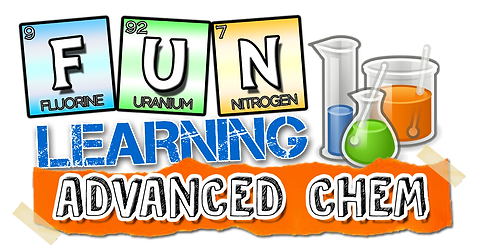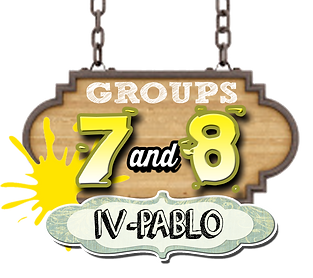



We all know about acid and bases. We often refer acids as those with sour taste like vinegar and those that have properties like the ash from a wood fire have been called alkalies or bases. But through continuous advancement, chemists have defined acid and base with deeper meaning. Like the Bronsted and Lowry acids and bases. This was proposed independently by Nicolaus Brønsted and Thomas Martin Lowry.

BRONSTED-LOWRY ACID-BASE Theory
The Brønsted-Lowry Acid-Base Theory is based on the transfer of a proton from one substance to another and it is generalization of the Arrhenius Theory. Brønsted-Lowry Acid donates a proton or H+ and the Bronsted-Lowry Base accepts the proton donated by the acid. So this means that:
The Brønsted-Lowry Acid-Base Theory that all acid-base reactions involve the transfer of an H+ ion, or proton. Water reacts with itself, for example, by transferring an H+ ion from one molecule to another to form an H3O+ ion and an OH- ion.
Through the process conjugate acid and bases are formed. So what is conjugate acid and base? A conjugate acid is formed by the reaction of the base, while a conjugate base is formed by the reaction of an acid in an acid base reaction.
So in the figure below we have the reaction of Muriatic acid with Water. But how can we identify the conjugate acid and the base?
The reactants are the acids and bases, and the acid corresponds to the conjugate base on the product side of the equation. This goes for the base too; the base corresponds to the conjugate acid on the product side of the equation.
To identify the conjugate acid, look for the pair of compounds that are related. The acid-base reaction can be view in a before and after sense. The before is the reactant side of the equation, the after is the product side of the equation. The conjugate acid in the after side of an equation gains a hydrogen ion, so in the before side of the equation the compound that has one less hydrogen ion of the conjugate acid is the base. The conjugate base in the after side of the equation lost a hydrogen ion, so in the before side of the equation the compound that has one more hydrogen ion of the conjugate base is the acid.
* We can see that HCl which is acid donated a proton to water forming H30+ and Cl-. Therefore the conjugate acid is H30+ and the conjugate base is Cl-



